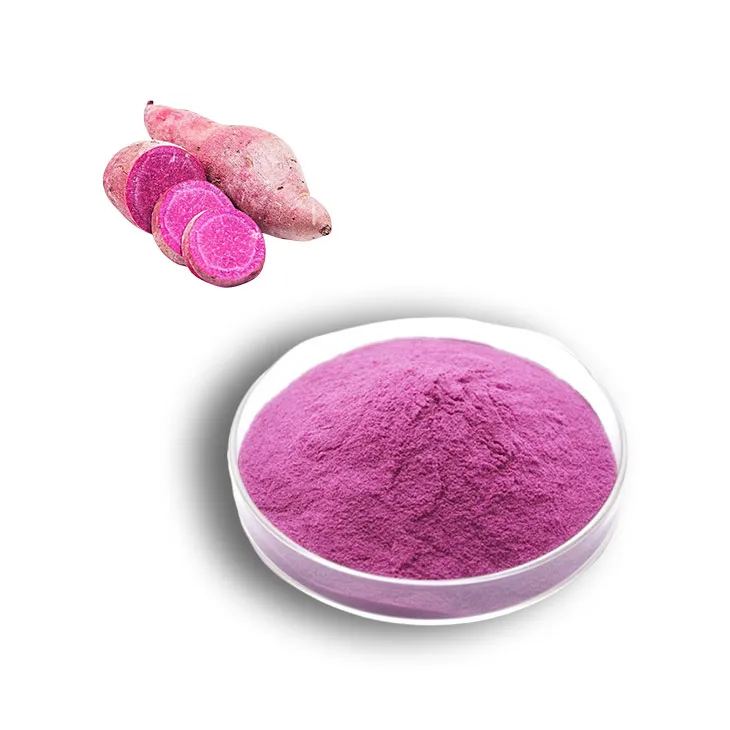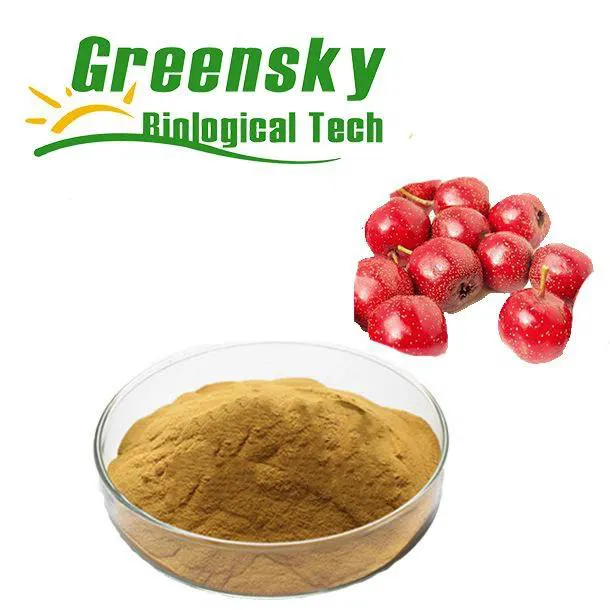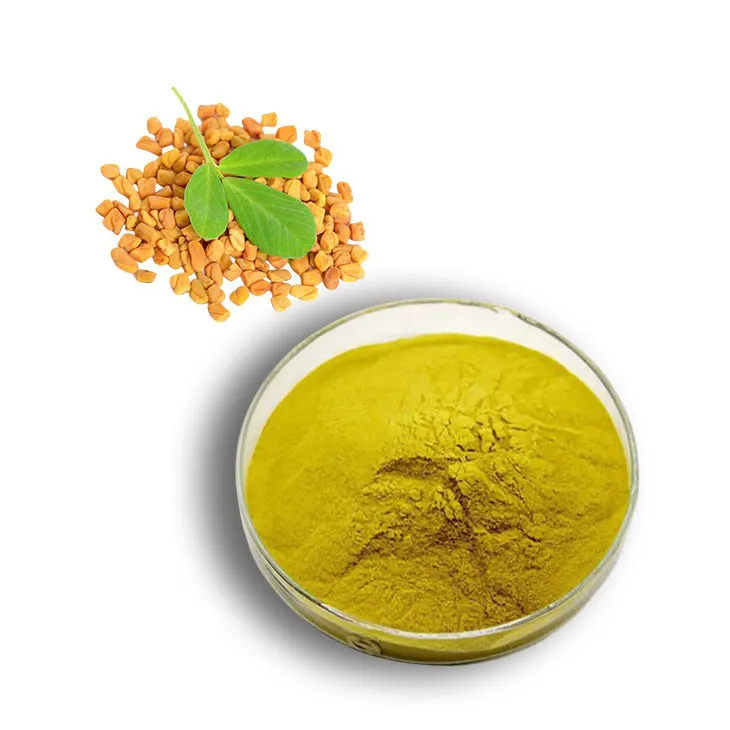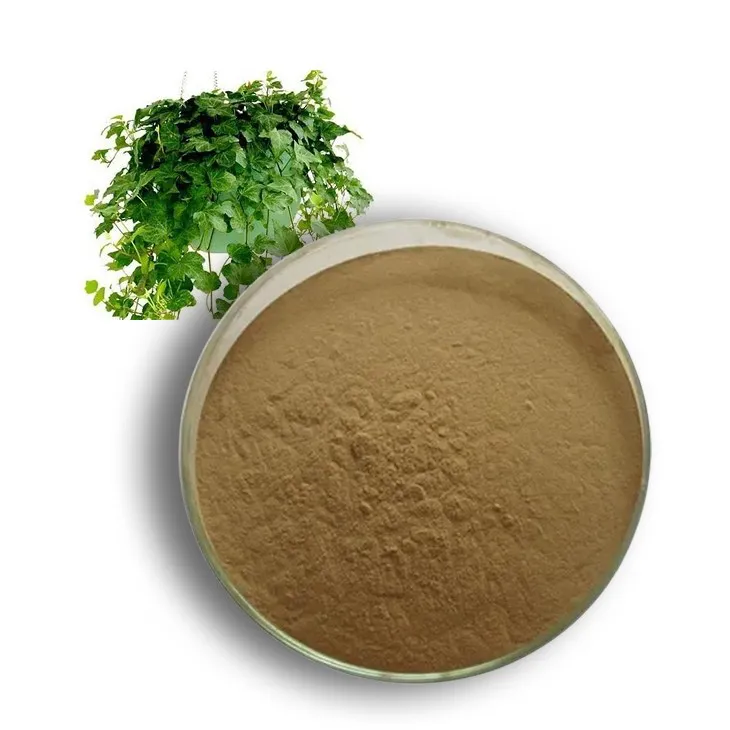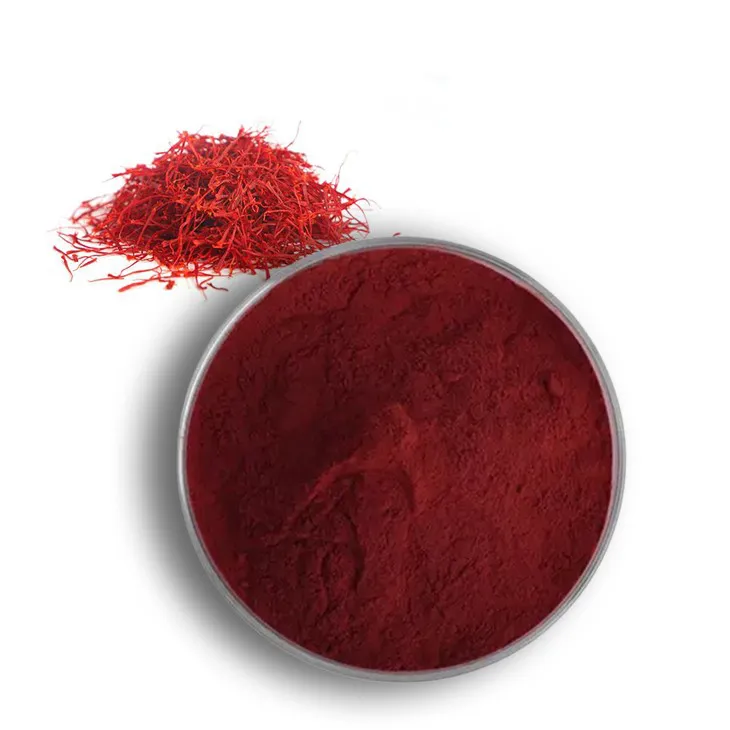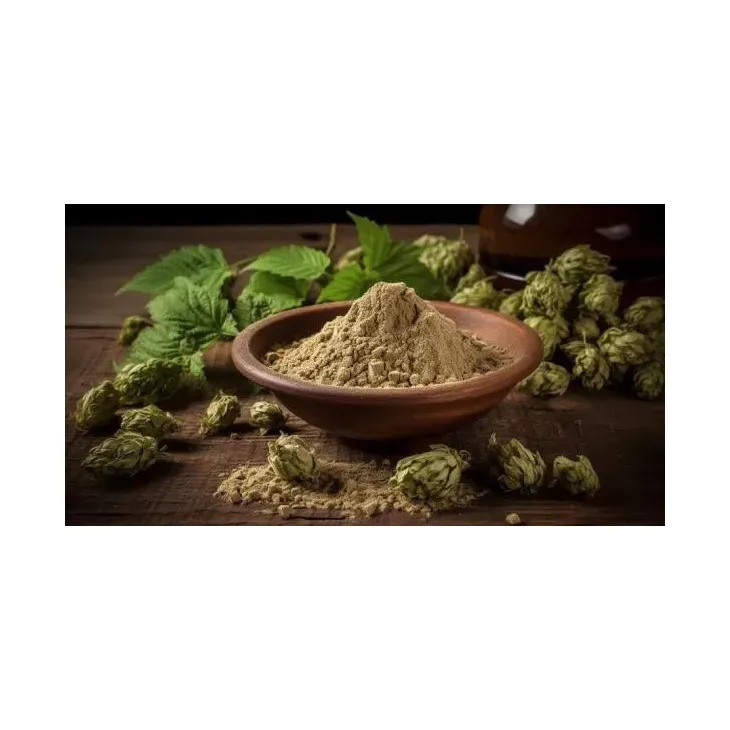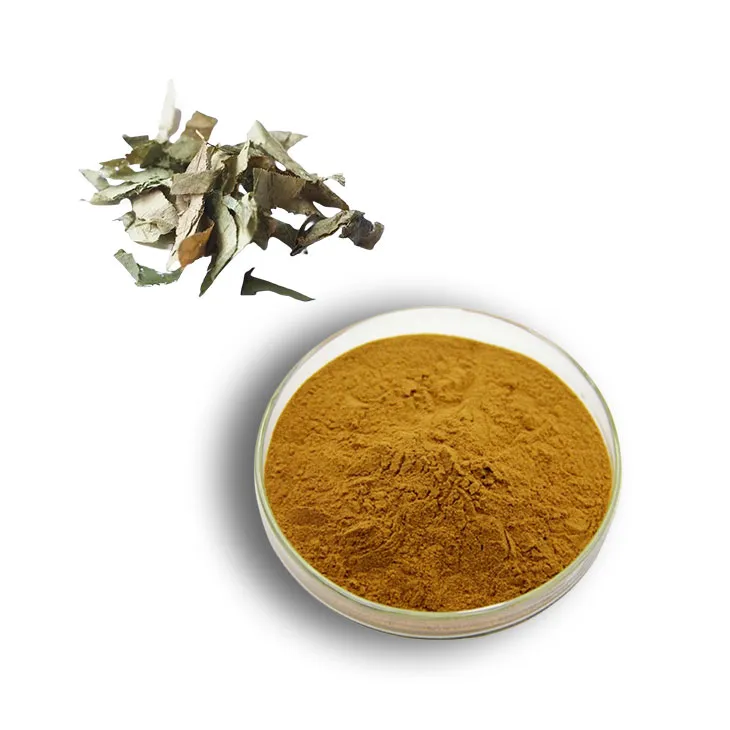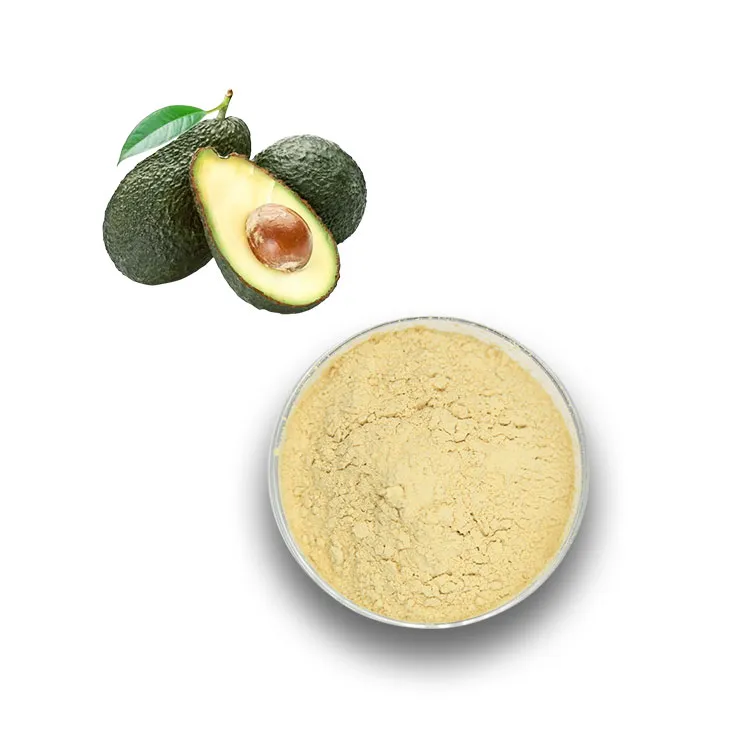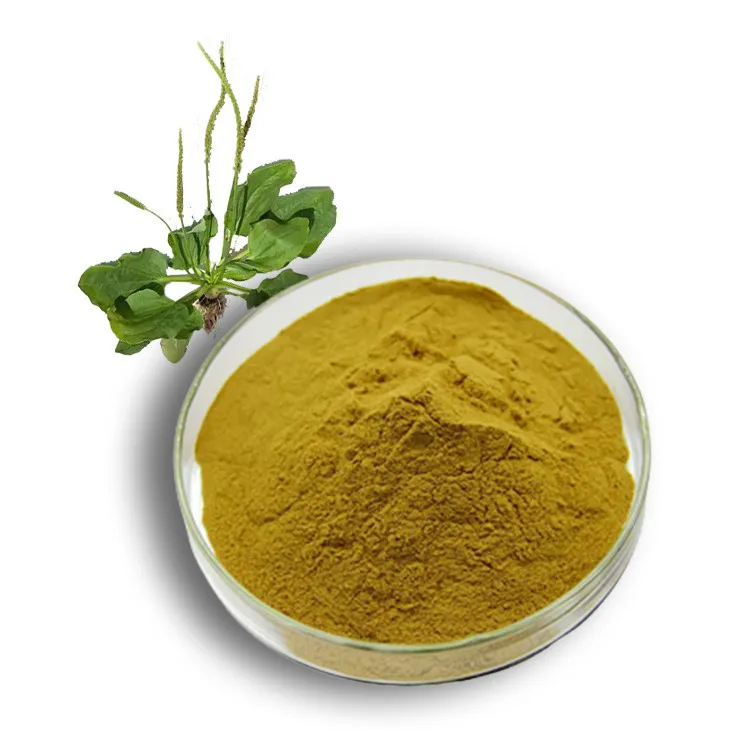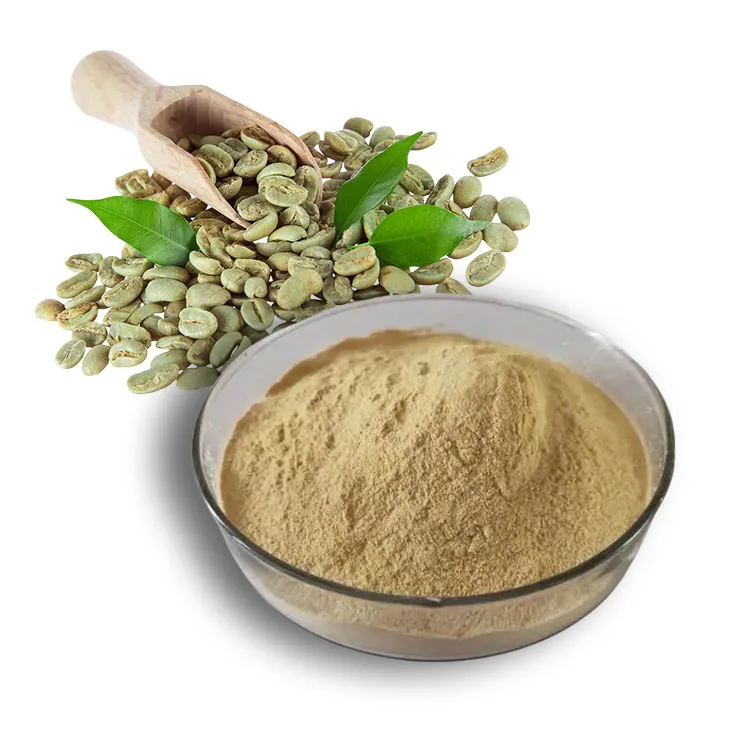- 0086-571-85302990
- sales@greenskybio.com
Preparation process of L - tyrosine.
2024-12-10
1. Introduction
L - tyrosine is an essential amino acid that has significant importance in various fields such as pharmaceuticals, food additives, and cosmetics. It is involved in the synthesis of proteins, neurotransmitters, and hormones. Due to its wide - ranging applications, the development of efficient and cost - effective preparation processes is crucial. This article will comprehensively discuss the main preparation processes of L - tyrosine, namely microbial fermentation, enzymatic conversion, and chemical synthesis.
2. Microbial Fermentation
2.1 Selection of Microorganisms
Microbial fermentation is a popular method for L - tyrosine production. The first step in this process is the selection of suitable microorganisms. Bacteria and fungi are commonly used. For example, Escherichia coli and Corynebacterium glutamicum are well - studied bacteria for amino acid production. These microorganisms have the ability to metabolize certain substrates and produce L - tyrosine through their metabolic pathways. The genetic makeup of these organisms can be modified to enhance their tyrosine - producing capabilities. Scientists can introduce specific genes or modify existing ones to increase the expression of enzymes involved in tyrosine biosynthesis.
2.2 Fermentation Conditions
Once the appropriate microorganisms are selected, the next crucial step is to optimize the fermentation conditions. These conditions include factors such as temperature, pH, and nutrient availability.
- Temperature: Different microorganisms have different optimal temperature ranges for growth and production. For most bacteria used in L - tyrosine production, the temperature usually ranges from 30°C to 37°C. Maintaining the correct temperature is essential as it affects the activity of enzymes involved in the metabolic pathways. If the temperature is too low, the enzymatic reactions may slow down, while if it is too high, the enzymes may denature, leading to a decrease in tyrosine production.
- pH: The pH of the fermentation medium also plays a vital role. A slightly acidic to neutral pH is generally favorable for L - tyrosine production. For example, a pH range of 6.5 - 7.5 is often used. Deviations from the optimal pH can disrupt the balance of the intracellular environment of the microorganisms, affecting the activity of enzymes and transporters involved in tyrosine synthesis and export.
- Nutrient Availability: Microorganisms require a variety of nutrients for growth and tyrosine production. These include carbon sources, nitrogen sources, and trace elements.
- Carbon Sources: Glucose is a commonly used carbon source. It provides the energy and carbon skeletons for the biosynthesis of L - tyrosine. Other carbon sources such as fructose and sucrose can also be used, but their utilization efficiency may vary depending on the microorganism.
- Nitrogen Sources: Ammonium salts, such as ammonium sulfate, are frequently used as nitrogen sources. They supply the necessary nitrogen for the synthesis of amino acids, including tyrosine. Organic nitrogen sources like peptone and yeast extract can also be added to provide additional nutrients and growth factors.
- Trace Elements: Trace elements such as magnesium, iron, and zinc are essential for the proper functioning of enzymes in the microorganism. These elements are usually added in small amounts to the fermentation medium in the form of salts.
2.3 Downstream Processing
After the fermentation process is complete, the next step is downstream processing to isolate and purify L - tyrosine from the fermentation broth. This typically involves several steps.
- Centrifugation: The fermentation broth is first centrifuged to separate the microbial cells from the supernatant. This helps in removing the majority of the biomass, which contains the microorganisms that were used for fermentation.
- Filtration: The supernatant is then filtered to remove any remaining cell debris and large particles. This can be achieved using techniques such as membrane filtration or depth filtration.
- Concentration: The filtered supernatant is concentrated to increase the concentration of L - tyrosine. This can be done through evaporation or ultrafiltration techniques.
- Crystallization: Finally, L - tyrosine is crystallized from the concentrated solution. By carefully controlling the temperature, pH, and concentration conditions, pure L - tyrosine crystals can be obtained. These crystals are then separated from the mother liquor and dried to obtain the final product.
3. Enzymatic Conversion
3.1 Enzymes Involved
Enzymatic conversion is another important method for the preparation of L - tyrosine. Specific enzymes are used to convert precursor substances into L - tyrosine. One of the key enzymes in this process is tyrosine phenol - lyase (TPL). TPL catalyzes the conversion of phenol, pyruvate, and ammonia into L - tyrosine. This enzyme has a high specificity for its substrates and can produce L - tyrosine with high enantiomeric purity.
3.2 Substrate Selection
The choice of substrates is crucial for enzymatic conversion. The substrates should be readily available and cost - effective. For example, phenol can be obtained from industrial waste streams or synthesized chemically. Pyruvate can be produced through glycolysis or obtained from commercial sources. Ammonia is a common chemical that can be easily supplied.
3.3 Reaction Conditions
Similar to microbial fermentation, enzymatic conversion also requires optimal reaction conditions.
- Temperature: The optimal temperature for TPL - catalyzed reactions is usually around 30 - 40°C. At this temperature range, the enzyme exhibits high activity and stability. Deviations from this temperature can lead to a decrease in enzyme activity and product yield.
- pH: The pH for the enzymatic reaction is typically in the range of 7.5 - 8.5. Maintaining the correct pH is important to ensure the proper functioning of the enzyme and to prevent its denaturation.
- Co - factors: Some enzymes may require co - factors for their activity. For example, TPL may require pyridoxal phosphate (PLP) as a co - factor. The addition of the appropriate co - factor in the correct concentration is necessary to achieve high - efficiency enzymatic conversion.
3.4 Product Isolation and Purification
After the enzymatic conversion reaction is complete, the product L - tyrosine needs to be isolated and purified. This can be achieved through similar methods as in microbial fermentation downstream processing.
- First, the reaction mixture can be centrifuged or filtered to remove the enzyme and any insoluble substances.
- Then, the filtrate can be concentrated and crystallized to obtain pure L - tyrosine crystals.
4. Chemical Synthesis
4.1 Synthetic Routes
Chemical synthesis of L - tyrosine is also possible, although it has some challenges. There are several synthetic routes available. One common route involves the reaction of acetamidomalonic ester with benzyl bromide, followed by hydrolysis and decarboxylation steps. Another route may start from simpler starting materials and involve multiple chemical reactions to build the tyrosine structure.
4.2 Challenges in Chemical Synthesis
Chemical synthesis of L - tyrosine faces several challenges.
- Purity: Achieving high - purity L - tyrosine through chemical synthesis can be difficult. The synthetic process may generate by - products that are difficult to separate from the target product. These by - products can affect the quality and safety of the final L - tyrosine product, especially in applications where high purity is required, such as in pharmaceuticals.
- Environmental Impact: Chemical synthesis often involves the use of hazardous chemicals and generates chemical waste. The disposal of this waste can pose environmental problems. For example, some of the solvents and reagents used in the synthesis may be toxic and require special treatment before disposal.
- Cost: The cost of chemical synthesis can be relatively high, especially when considering the cost of raw materials, reagents, and energy consumption. This can limit its competitiveness compared to microbial fermentation and enzymatic conversion methods in large - scale production.
4.3 Purification in Chemical Synthesis
To overcome the purity issue, extensive purification steps are required in chemical synthesis. These may include techniques such as chromatography, recrystallization, and distillation. Chromatography can be used to separate the target L - tyrosine from by - products based on their different physical and chemical properties. Recrystallization is often used to further purify the product by dissolving it in a suitable solvent and then allowing it to recrystallize under controlled conditions. Distillation can be applied to remove volatile impurities.
5. Conclusion
In conclusion, the preparation of L - tyrosine can be achieved through microbial fermentation, enzymatic conversion, and chemical synthesis. Microbial fermentation is a well - established method with the advantage of being able to produce L - tyrosine on a large scale with relatively low cost. Enzymatic conversion offers high - enantiomeric - purity L - tyrosine production with specific enzymatic reactions. However, it may face challenges in terms of substrate cost and enzyme stability. Chemical synthesis, while having the potential to produce L - tyrosine, has significant challenges in terms of purity, environmental impact, and cost. Understanding these different preparation processes is essential for the development of efficient and sustainable production methods for L - tyrosine in various industries.
FAQ:
What are the main preparation methods of L - tyrosine?
There are mainly three preparation methods of L - tyrosine. One is microbial fermentation, where microorganisms are cultured under specific conditions to produce L - tyrosine through their metabolic activities. Another is enzymatic conversion, which uses specific enzymes to convert precursor substances into L - tyrosine. Chemical synthesis is also a method, but it has some problems in terms of purity and environmental impact.
What are the advantages of microbial fermentation in L - tyrosine preparation?
Microbial fermentation has several advantages. Microorganisms can be engineered or selected to have high productivity of L - tyrosine. It can be a relatively sustainable method as it uses the natural metabolic capabilities of living organisms. Also, it may offer a more natural and potentially purer form of L - tyrosine compared to some chemical synthesis methods under proper control.
What challenges does chemical synthesis face in L - tyrosine preparation?
Chemical synthesis of L - tyrosine has challenges in terms of purity. It may be difficult to obtain a very pure product, and there may be impurities left from the chemical reactions. Additionally, it often has an environmental impact due to the use of various chemicals and potential generation of waste products.
How does enzymatic conversion work in the preparation of L - tyrosine?
Enzymatic conversion involves using specific enzymes. These enzymes have the ability to recognize and act on precursor substances. They catalyze specific chemical reactions that transform the precursor substances into L - tyrosine. The process is highly specific to the enzyme - substrate interaction and requires appropriate reaction conditions such as temperature, pH, and substrate concentration.
Which preparation method is most commonly used in industrial production of L - tyrosine?
The most commonly used method in industrial production of L - tyrosine may vary depending on different factors. However, microbial fermentation is often a popular choice as it can be scaled up relatively easily and can provide a relatively stable supply of L - tyrosine. Enzymatic conversion is also being increasingly explored due to its specificity and potential for high - quality product. Chemical synthesis may be used in some cases where specific requirements or cost - effectiveness considerations apply.
Related literature
- Recent Advances in L - Tyrosine Production by Microbial Fermentation"
- "Enzymatic Approaches for the Synthesis of L - Tyrosine"
- "Chemical Synthesis of Amino Acids: A Review with Focus on L - Tyrosine"
- ▶ Hesperidin
- ▶ citrus bioflavonoids
- ▶ plant extract
- ▶ lycopene
- ▶ Diosmin
- ▶ Grape seed extract
- ▶ Sea buckthorn Juice Powder
- ▶ Beetroot powder
- ▶ Hops Extract
- ▶ Artichoke Extract
- ▶ Reishi mushroom extract
- ▶ Astaxanthin
- ▶ Green Tea Extract
- ▶ Curcumin Extract
- ▶ Horse Chestnut Extract
- ▶ Other Problems
- ▶ Boswellia Serrata Extract
- ▶ Resveratrol Extract
- ▶ Marigold Extract
- ▶ Grape Leaf Extract
- ▶ blog3
- ▶ Aminolevulinic acid
- ▶ Cranberry Extract
- ▶ Red Yeast Rice
- ▶ Red Wine Extract
-
Purple Sweet Potato Extract
2024-12-10
-
Hawthorn Extract
2024-12-10
-
Fenugreek Extract Powder
2024-12-10
-
Ivy Extract
2024-12-10
-
Saffron Extract Powder
2024-12-10
-
Uridine-5'-monophosphate Disodium salt
2024-12-10
-
Epimedium extract powder
2024-12-10
-
Avocado Extract Powder
2024-12-10
-
Plantain extract
2024-12-10
-
Green coffee bean Extract
2024-12-10











